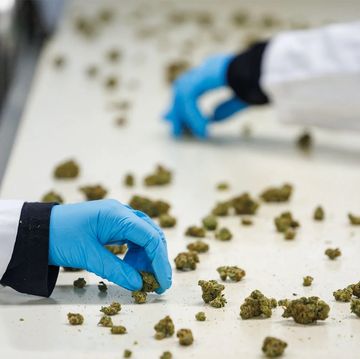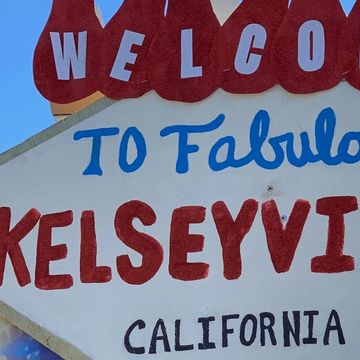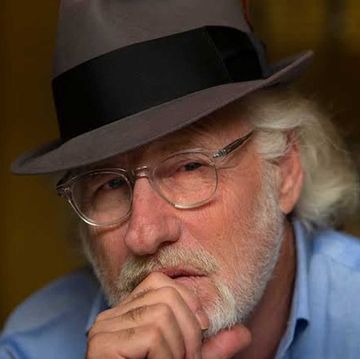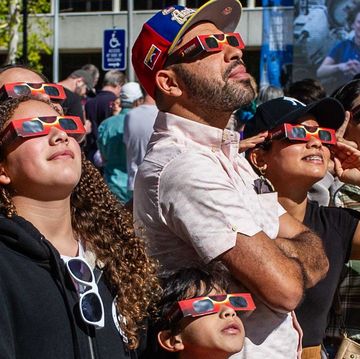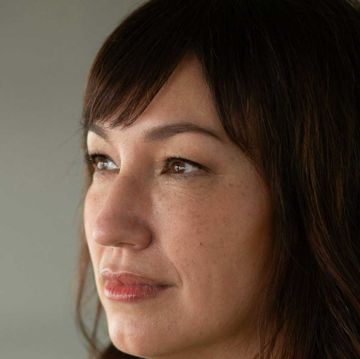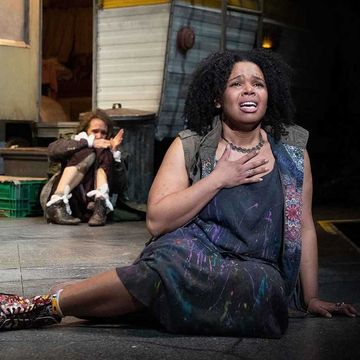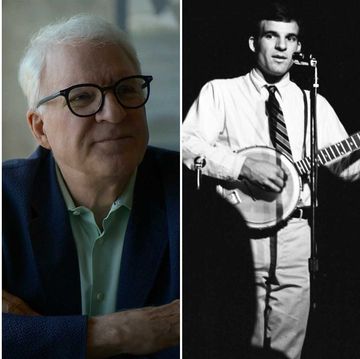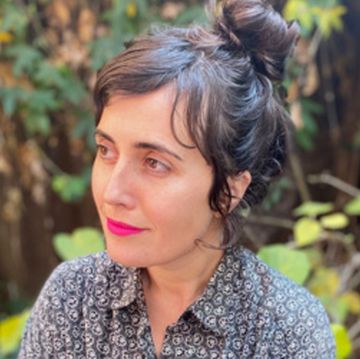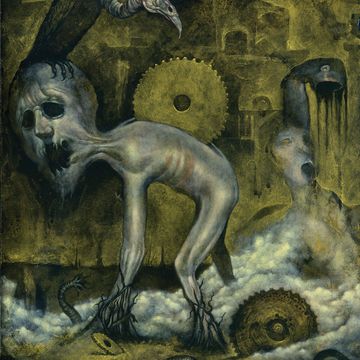How does this old toaster oven bring you joy?” I ask my 82-year-old mom, Veronica. The appliance in question is likely decades old and littered with enough crumbs to feed a family of pigeons. The chipped handle protests with an unsettling shriek when I pull open the oven door.
“They don’t make them like that anymore,” she says, patting the toaster oven like it’s the daughter she never had. “I’m keeping it.”
Veronica and I have been at this for hours: Earlier, I picked up a dusty crystal punch bowl with a dozen dainty glasses dangling from its lip. “I need that for New Year’s Eve. I might throw a party,” she said. A party? My mom moved to Los Angeles from Florida a couple of years ago. Since then, she has made four friends and jettisoned two of them for being “inflexible.” I grab a tiny tweed blazer that my mom wore like armor when she went back to work as a real estate agent in the ’80s. “Hey, I might get sick and lose 30 pounds,” she says with a defiant shrug.
This article appears in Issue 24 of Alta Journal.
SUBSCRIBE
In other words, she’s keeping that, too. My mom is not the only older person holding on to all of her belongings. In his delightful book Downsizing: Confronting Our Possessions in Later Life, University of Kansas professor David J. Ekerdt calls Veronica’s old bakeware, baseball cards, and Estée Lauder blushes her “material convoy.” The label is borrowed from “social convoy,” a phrase coined by psychologists to describe the communities of family and friends we build and sustain throughout life. In essence, many of my mom’s possessions have accompanied her through births, marriages, divorces, and deaths. Her clutter has history. (Even über-organizer Marie Kondo, who once urged us all to purge our glut of possessions, now acknowledges she has all but “given up” on the incessant tidying.)
When I flew out to Florida in the summer of 2021 to help my mom downsize from her three-bedroom home, she faked a cold and promised she would declutter after I left. In two weeks, professional movers would relocate her to a one-bedroom unit in an independent living facility in Pasadena. (Veronica needed a change. Her husband had fallen off a ladder and died a year before; her friends had dwindled, and the few remaining were isolating during COVID.) She didn’t keep that promise. The movers stacked 47 huge brown boxes—including one scrawled with “Leprechauns, Easter Bunnies and Christmas Stuff”—into her new 600-square-foot place. The towers of boxes dwarfed my five-foot-three mom; her apartment looked like an Amazon warehouse. I carved out a path to her bed and the bathroom and called in professionals to help her declutter.
That did not go well. Three organizers showed up to sort through her lamps, purses, and mixing bowls. Veronica played nice at first. But when one of them covertly nudged a man’s straw hat from a cruise to Cuba into the “give away” pile, my mom reared up like a cobra, puffed out her chest, and hissed, “I’m keeping that.” She proceeded to defend the value of every item they questioned. She even snatched back an old egg timer from the discards. When an organizer politely reminded her that she’d agreed to donate it, Brooklyn-born Veronica shot back in the tough, flat accent she reserves for threats, “I make fabulous deviled eggs.”
What I now know is that many experts say the most important rule for helping aging parents like my mom unload accumulation is to treat them like adults. That might be hard when she has a baby-blue Bic lighter clenched in her fist like a stolen cookie. They add that grown children like me should also treat our parents’ possessions with respect and should offer to “inherit” things instead of just throwing them out—even if we intend to unload them later. After 10 excruciating and expensive hours with the organizers, my mom got rid of one box of stuff. Half of her material convoy was conveyed to a storage unit nearby. Three months later, she bought a sizable condo around the corner from me and my family in Hancock Park and moved all of her belongings yet again.
Which brings us to the punch bowl and the closet full of chic jumpsuits, dresses, and high heels. Up until a decade ago, my mom threw parties that always ended well after midnight. She lit long tapered candles and put out platters of, yes, fabulous tangy deviled eggs, sprinkled with Hungarian paprika. “They soak up the vodka,” Veronica would remind her guests, sipping her second martini. When I spot a pair of old platform sandals, I can recall the night she and her friends danced so hard to Billy Joel in our den that the record skipped. (My siblings and I secretly watched them from under the dining room table.) Ah, now I get it. No wonder she can’t part with an old poker chip or a frayed, faded silk scarf. “Who wants to throw away good memories?” she asks.
My mom still has her storage unit. There are more than a few unpacked boxes in her condo, too. When I visit her, I politely push aside the clutter on her sofa to make room to sit. I no longer ask whether she needs five pot holders or a puffy ski suit. The surplus doesn’t make me anxious anymore. I realize that her material convoy is now her social convoy. And when it comes to memories, maybe she can’t make them like that anymore. And that’s why she’s keeping them.•
Monica Corcoran Harel is a screenwriter with a media platform for women over 40 called Pretty Ripe and loves being middle-aged.


